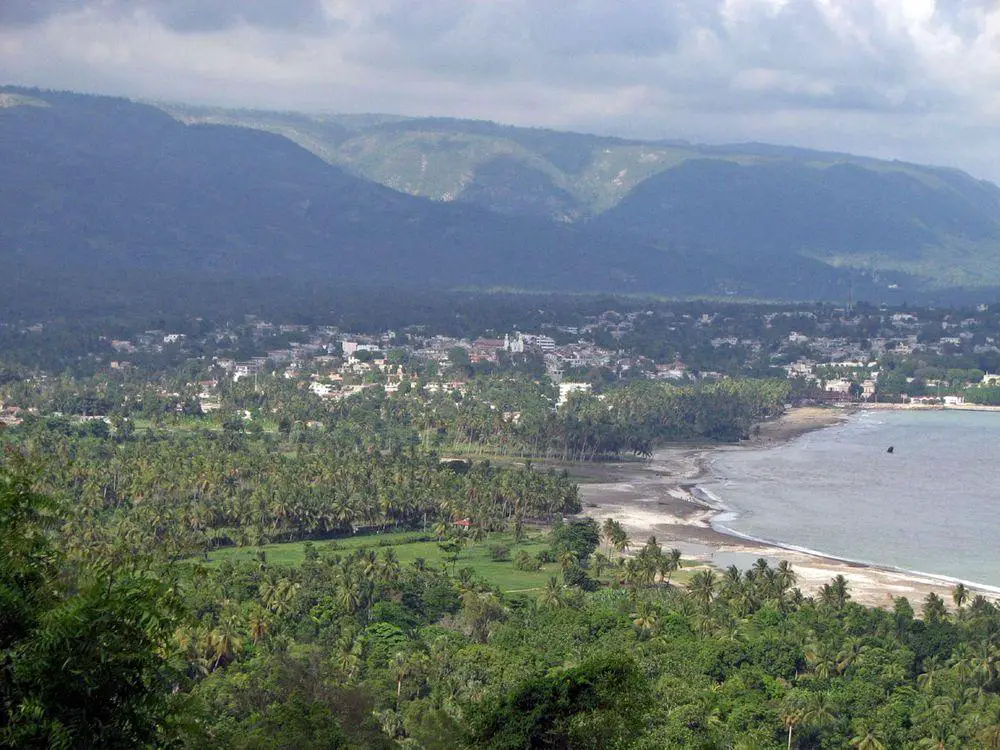Wondermondo 🢖 World 🢖 Wonders of North America 🢖 Wonders of the Caribbean 🢖 Wonders of Haiti
Territory
Wonders of Haiti
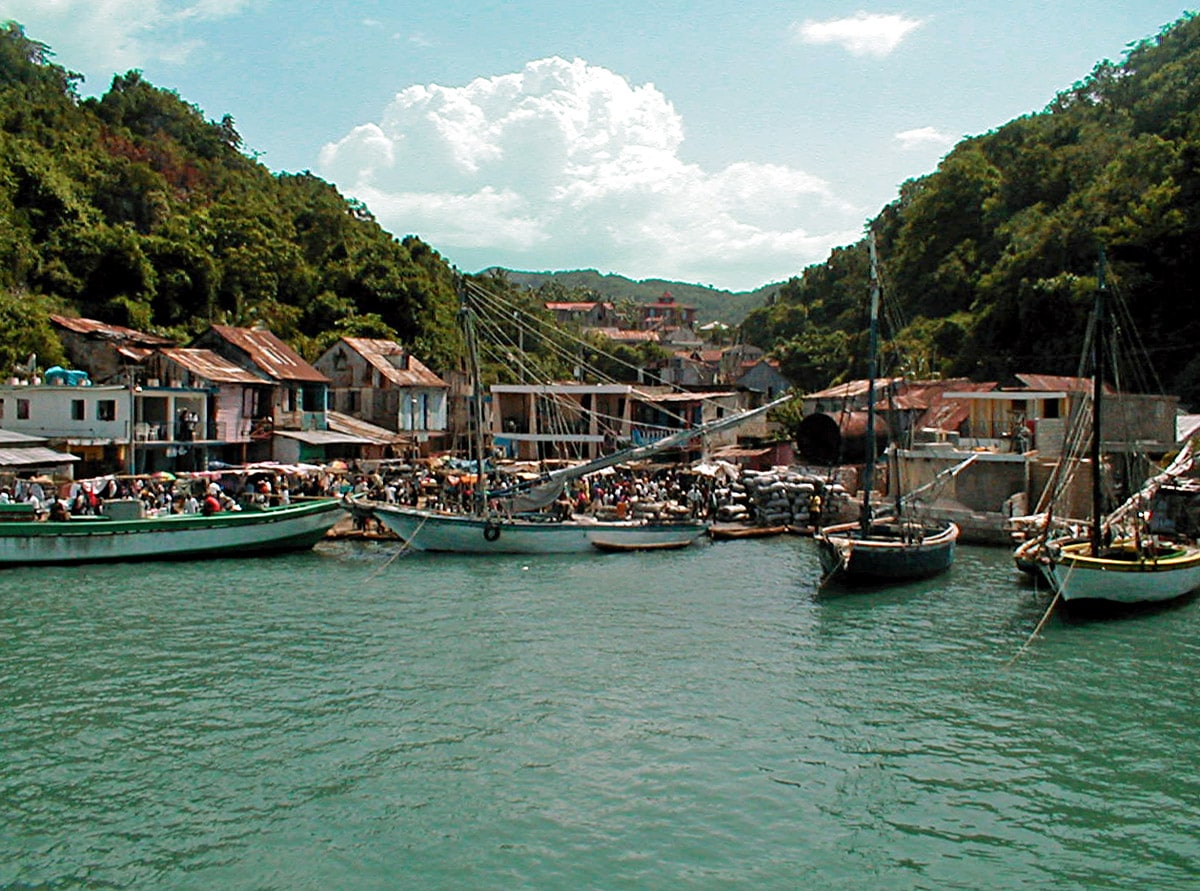
 Highlights
Highlights
Haiti – the state of rebellious slaves – for centuries is going through gruesome pains of development.
Too often it is too dangerous both to its own people and its guests and thus the interesting natural and man-made heritage remains little known to the outside world.
Most interesting wonders of Haiti are its historical cities with French colonial architecture, Vodou related monuments, karst formations – beautiful caves and waterfalls with tufa formations.
Map with the described wonders
If you see this after your page is loaded completely, leafletJS files are missing.
 Top 22 wonders of Haiti
Top 22 wonders of Haiti
Geological wonders
Saut-d’Eau Falls
Centre
Large waterfall with interesting tufa formations. An important pilgrimage site of mixed Christian and vodou rites.
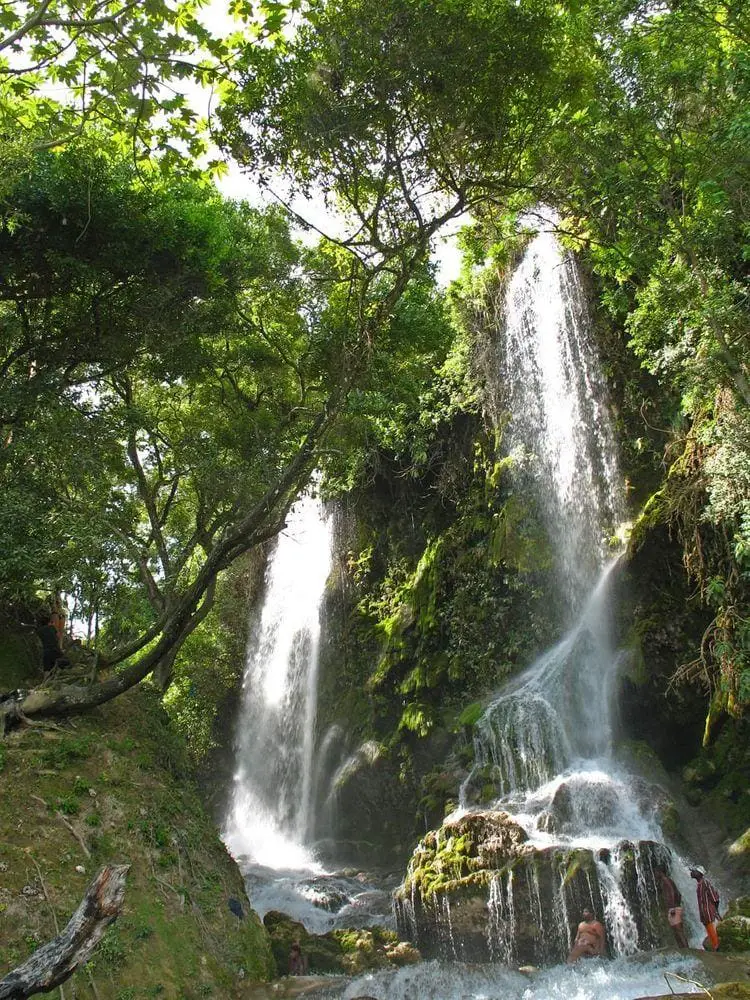
Bassins Bleu
Sud-Est
Group of three blue lakes, linked with waterfalls.
Bellony Cave
Grand’Anse
One of the most beautiful caves in Haiti, 46 m deep.
Marie-Jeanne Cave
Sud
The longest known cave in Haiti, some 4 km long and 41 m deep, rich with beautiful speleothems.
Saut Mathurine Falls
Sud
Large, some 27 m tall waterfall on Cavaillon River, interesting tufa formations.
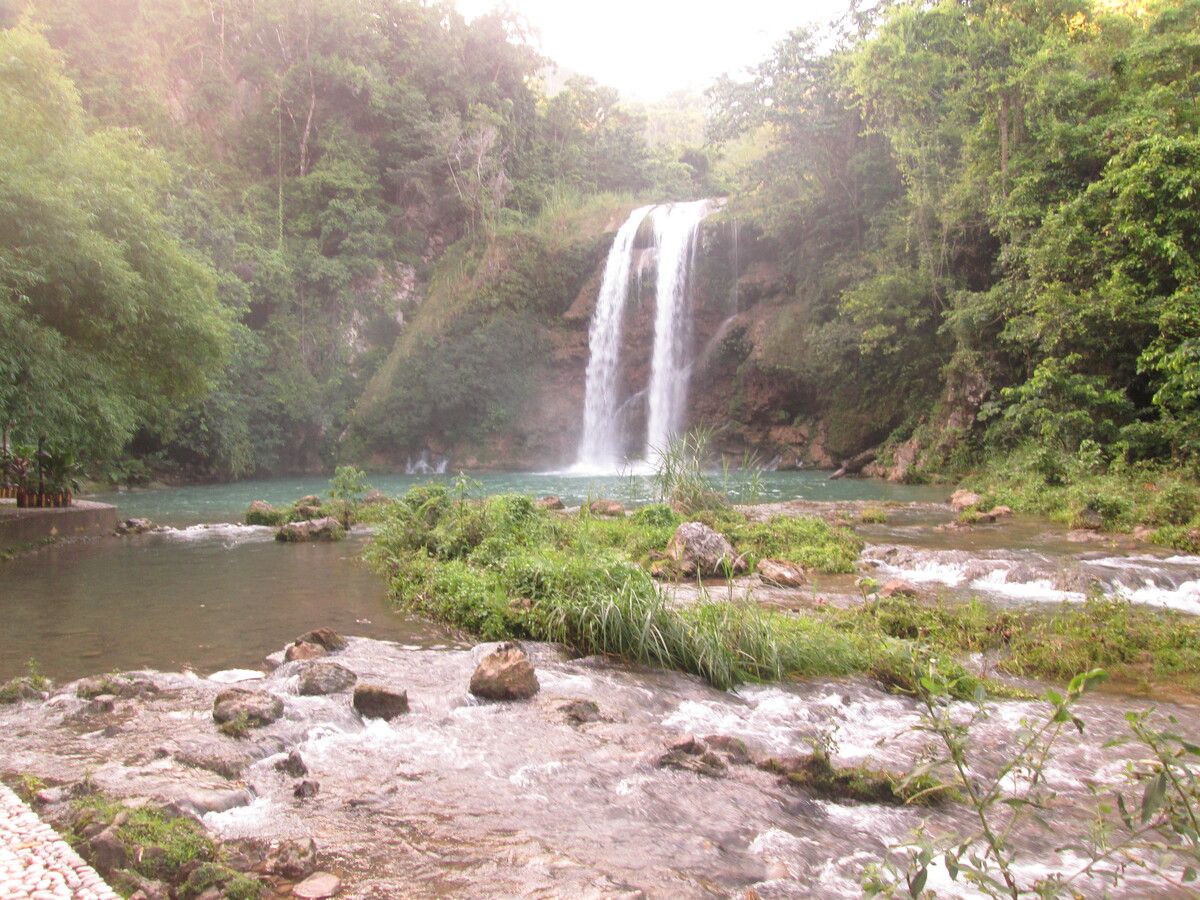
Gouffre Sejourne
Sud-Est
Deep cave that starts with 125 m deep pothole. Its explored depth is 167 m.
Trouin Sene
Sud
Large cave, explored length is 1,668 m, depth – 92 m.
Bassin Zim Falls
Centre
Impressive, fan-shaped falls, some of the largest in Haiti.
Kounoubwa Cave
Sud
Large cave with a huge hall in it.
Biological wonders
Pic Macaya cloud forest in Massif de la Hotte
Grand’Anse
The last remaining cloud forest in Haiti, area with numerous unique species of plants and animals, mostly amphibians. Pic Macaya is 2 347 m high.
Archaeological wonders
Dondon Caves
Nord
Group of magnificent caves with stone carvings of stalagmites and petroglyphs made by Taino people. Caves still are used by vodou priests.
Bassin Zim Cave
Centre
Large cave with Taino petroglyphs. It is used for vodou rituals.
En Bas Saline
Nord
Site of a large Taino town that existed sometimes around 1200 – 1530 AD.
Architecture wonders
Citadelle Laferrière
Nord
The largest fortress in Americas, built in 1805 – 1830 in order to protect Haiti from French. Very well preserved, originally had 365 cannons, many still preserved. Very interesting are the stockpiles of cannonballs. Walls rise 40 m high.
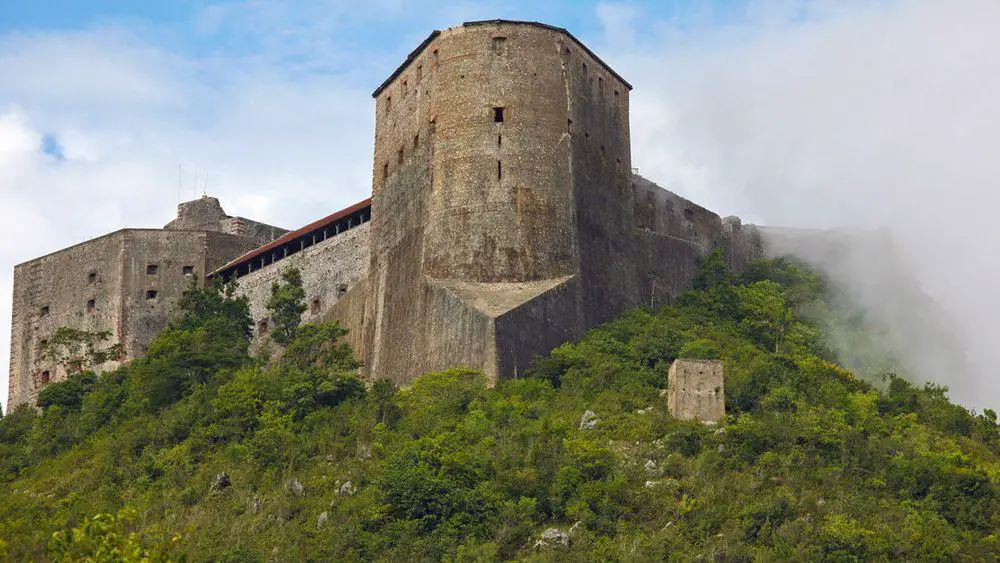
Jacmel
Sud-Est
City with well preserved French colonial architecture, little changed since the 19th century. Suffered major damage in earthquake in 2010.
Grand Cimetière De Port-au-Prince
Ouest
City cemetery, site of gruesome legends. This place has recent tragic history when the bodies of deceased after the earthquake of 2010 were dumped here, among the living people who were using the graves as shelters after the earthquake. Countless stories about terrible apparitions are told now.
Sans-Souci Palace in Haiti
Nord
Royal residence of the first king of Haiti, King Henri I. Constructed in 1810 – 1813. Now in ruins but once it was one of most splendid buildings in Americas.
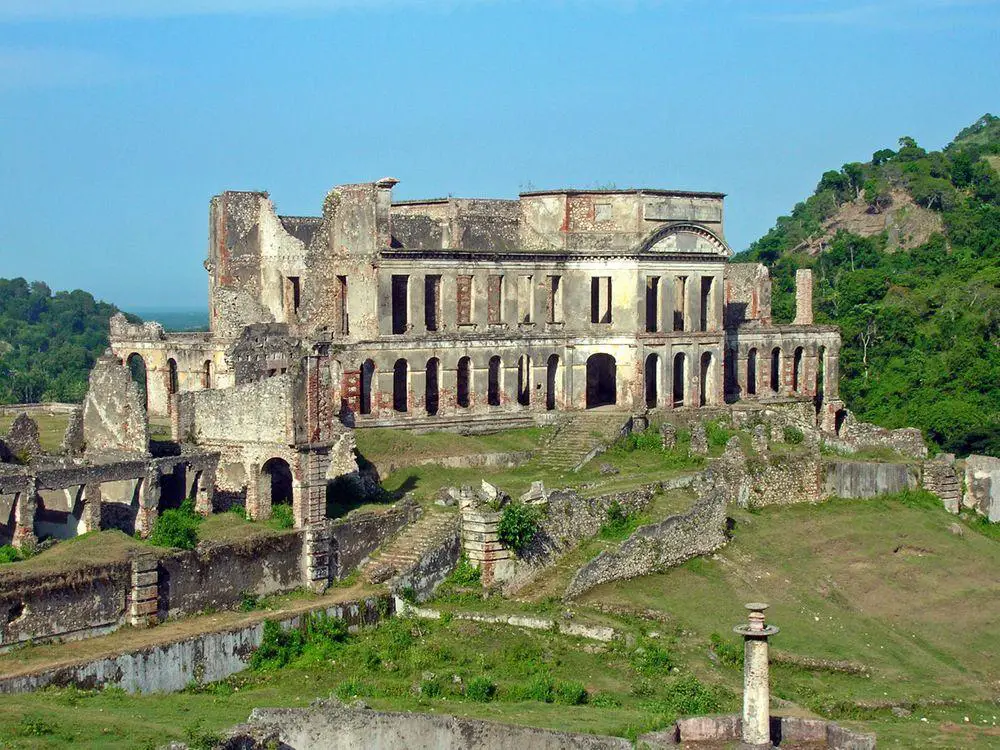
Haitian National Museum of Art
Ouest
Museum with a rich collection of pre-Columbian art from the whole Haiti.
Fort-Liberté
Nord-Est
One of historical fortifications in Haiti.
Hotel Oloffson
Ouest
Hotel in ornate Victorian mansion from the 19th century.
Cap-Haïtien
Nord
Historical city with well preserved French colonial architecture.
Fort la Bouque
Nord-Est
One of three local forts in this area.
 Recommended books
Recommended books
Journey Through Haiti
Haiti is one of the poorest and environmentally depleted countries in the world. Andrew Crone traveled to Haiti to explore the factors that have created Haiti’s grim sustainability outlook. Ride along with him as he encounters the challenges of visiting Haiti for the first time. Discover how his goals and perceptions were challenged along the way as he gathered these stories that will take you deep into a complex reality.
Haiti (Bradt Travel Guide)
A new edition of the only standalone guidebook on Haiti available, fully updated and with expanded content reflecting Haiti’s recent growth in tourism, and packed with practical information covering everything from accommodation, eateries, and travel routes to wildlife and ‘Vodou’. A comprehensive section on conservation and natural history and insightful information on Haiti’s rich artistic, architectural, and musical heritage ensure nature lovers and cultural enthusiasts are well catered for. Paul Clammer discusses the merits of Haitian rum, how to catch a Port-au-Prince taptap (bus), and Graham Greene’s connection with the famous Hotel Oloffson.

